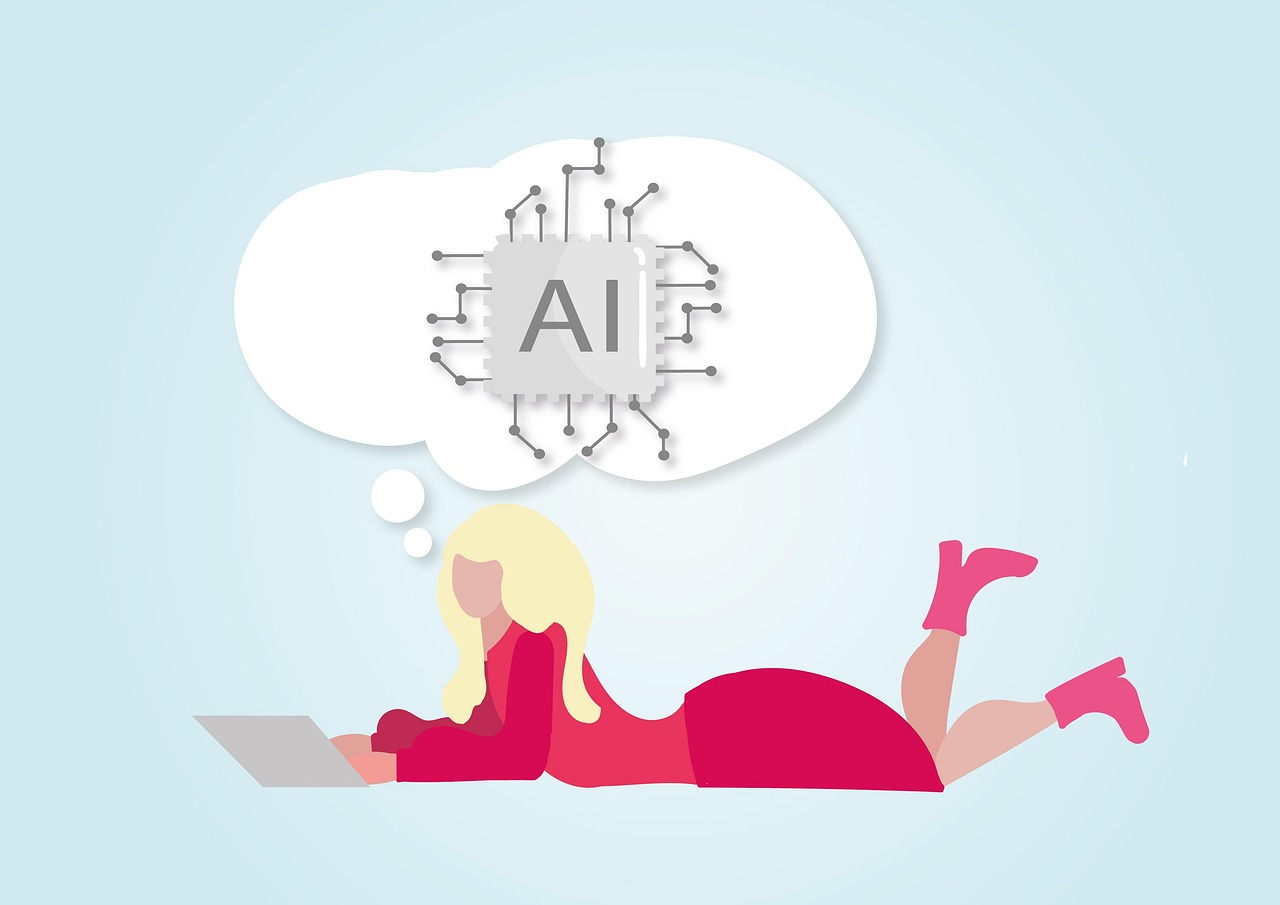Machine learning, once a futuristic concept, is now deeply embedded in our daily lives, powering everything from personalized recommendations on streaming services to fraud detection systems in banks. But what exactly is machine learning, and how does it work? This blog post will demystify the world of machine learning, exploring its core concepts, various techniques, and its ever-growing impact on our world.
Understanding the Fundamentals of Machine Learning
Machine learning is a subset of artificial intelligence (AI) that focuses on enabling computers to learn from data without being explicitly programmed. Instead of relying on pre-defined rules, machine learning algorithms identify patterns in data and use these patterns to make predictions or decisions.
The Core Concept: Learning from Data
At its heart, machine learning is about building models that improve their performance over time as they are exposed to more data. This “learning” process involves:
- Data Collection: Gathering relevant and high-quality data is the foundation of any successful machine learning project. The data should be representative of the problem you’re trying to solve.
- Feature Engineering: Selecting and transforming the most relevant features from the data. These features are the variables that the algorithm will use to learn patterns. For example, if you’re building a model to predict house prices, features might include square footage, number of bedrooms, and location.
- Model Selection: Choosing the appropriate machine learning algorithm for the task. Different algorithms excel at different types of problems.
- Training the Model: Feeding the data to the chosen algorithm and allowing it to learn the relationships between the features and the target variable (the thing you’re trying to predict).
- Evaluation and Refinement: Assessing the model’s performance on unseen data and making adjustments to improve its accuracy. This often involves tweaking parameters, trying different features, or even switching to a different algorithm.
Types of Machine Learning
Machine learning can be broadly categorized into three main types:
- Supervised Learning: The algorithm is trained on a labeled dataset, meaning the data includes both the input features and the correct output. The goal is to learn a mapping function that can predict the output for new, unseen inputs. Examples include:
Classification: Predicting a category or class (e.g., spam detection, image recognition).
Regression: Predicting a continuous value (e.g., predicting stock prices, forecasting sales).
- Unsupervised Learning: The algorithm is trained on an unlabeled dataset, where the data only includes the input features. The goal is to discover hidden patterns, structures, or relationships within the data. Examples include:
Clustering: Grouping similar data points together (e.g., customer segmentation, anomaly detection).
Dimensionality Reduction: Reducing the number of features while preserving important information (e.g., data visualization, feature extraction).
- Reinforcement Learning: The algorithm learns by interacting with an environment and receiving rewards or penalties for its actions. The goal is to learn a policy that maximizes the cumulative reward over time. Examples include:
Game playing: Training AI agents to play games like chess or Go.
Robotics: Controlling robots to perform tasks in the real world.
Popular Machine Learning Algorithms
Numerous machine learning algorithms exist, each with its strengths and weaknesses. Here are a few of the most commonly used:
Supervised Learning Algorithms
- Linear Regression: A simple algorithm used for predicting continuous values. It assumes a linear relationship between the features and the target variable.
Example: Predicting house prices based on square footage.
- Logistic Regression: Used for classification problems. It predicts the probability of an instance belonging to a particular class.
Example: Predicting whether a customer will click on an advertisement.
- Decision Trees: A tree-like structure that splits the data based on different features. Easy to interpret and visualize.
Example: Diagnosing medical conditions based on symptoms.
- Support Vector Machines (SVMs): Effective for both classification and regression. They find the optimal hyperplane that separates different classes or predicts continuous values.
Example: Image classification.
- Neural Networks: Complex algorithms inspired by the structure of the human brain. They consist of interconnected nodes (neurons) that process information and learn complex patterns.
Example: Image recognition, natural language processing.
Unsupervised Learning Algorithms
- K-Means Clustering: Partitions data points into k clusters based on their distance from the cluster centroids.
Example: Segmenting customers based on their purchasing behavior.
- Principal Component Analysis (PCA): Reduces the dimensionality of data by identifying the principal components that capture the most variance.
Example: Data visualization, noise reduction.
- Association Rule Mining: Discovers relationships between items in a dataset (e.g., market basket analysis).
Example: Identifying products that are frequently purchased together.
The Importance of Data Preparation
The quality of your data directly impacts the performance of your machine learning models. In fact, it’s often said that “garbage in, garbage out.” Data preparation is a crucial step in the machine learning pipeline and involves several tasks:
Data Cleaning
This involves handling missing values, outliers, and inconsistencies in the data. Techniques include:
- Missing Value Imputation: Replacing missing values with reasonable estimates (e.g., mean, median, or a predicted value).
- Outlier Removal: Identifying and removing data points that are significantly different from the rest of the data.
- Data Transformation: Converting data into a suitable format for the machine learning algorithm (e.g., scaling numerical features, encoding categorical features).
Feature Engineering
Creating new features from existing ones to improve model performance. This requires domain knowledge and creativity. Examples include:
- Creating interaction terms: Combining two or more features to create a new feature that captures their combined effect.
- Extracting date features: Deriving new features from date columns (e.g., day of the week, month of the year).
- Text feature extraction: Converting text data into numerical features (e.g., using techniques like TF-IDF or word embeddings).
Data Splitting
Dividing the data into training, validation, and test sets.
- Training Set: Used to train the machine learning model.
- Validation Set: Used to tune the model’s hyperparameters and prevent overfitting.
- Test Set: Used to evaluate the final performance of the trained model on unseen data.
Real-World Applications of Machine Learning
Machine learning is revolutionizing various industries and aspects of our lives. Here are some notable examples:
- Healthcare:
Disease Diagnosis: Machine learning algorithms can analyze medical images and patient data to detect diseases like cancer at an early stage.
Personalized Medicine: Tailoring treatment plans based on individual patient characteristics and genetic information.
Drug Discovery: Accelerating the drug discovery process by identifying potential drug candidates and predicting their effectiveness.
- Finance:
Fraud Detection: Identifying fraudulent transactions in real-time.
Risk Assessment: Evaluating the creditworthiness of borrowers.
Algorithmic Trading: Developing automated trading strategies that can generate profits.
- Retail:
Personalized Recommendations: Recommending products to customers based on their past purchases and browsing history.
Inventory Management: Optimizing inventory levels to meet customer demand and minimize costs.
Customer Segmentation: Grouping customers into segments based on their demographics and purchasing behavior.
- Transportation:
Self-Driving Cars: Developing autonomous vehicles that can navigate roads without human intervention.
Traffic Optimization: Improving traffic flow and reducing congestion.
Predictive Maintenance: Predicting when vehicles need maintenance to prevent breakdowns.
Conclusion
Machine learning is a rapidly evolving field with the potential to transform many aspects of our lives. By understanding the fundamentals of machine learning, popular algorithms, and the importance of data preparation, you can start exploring the possibilities of this powerful technology. From healthcare to finance to retail, machine learning is already making a significant impact, and its influence will only continue to grow in the years to come. Embrace the learning process, experiment with different techniques, and unlock the transformative power of machine learning.




